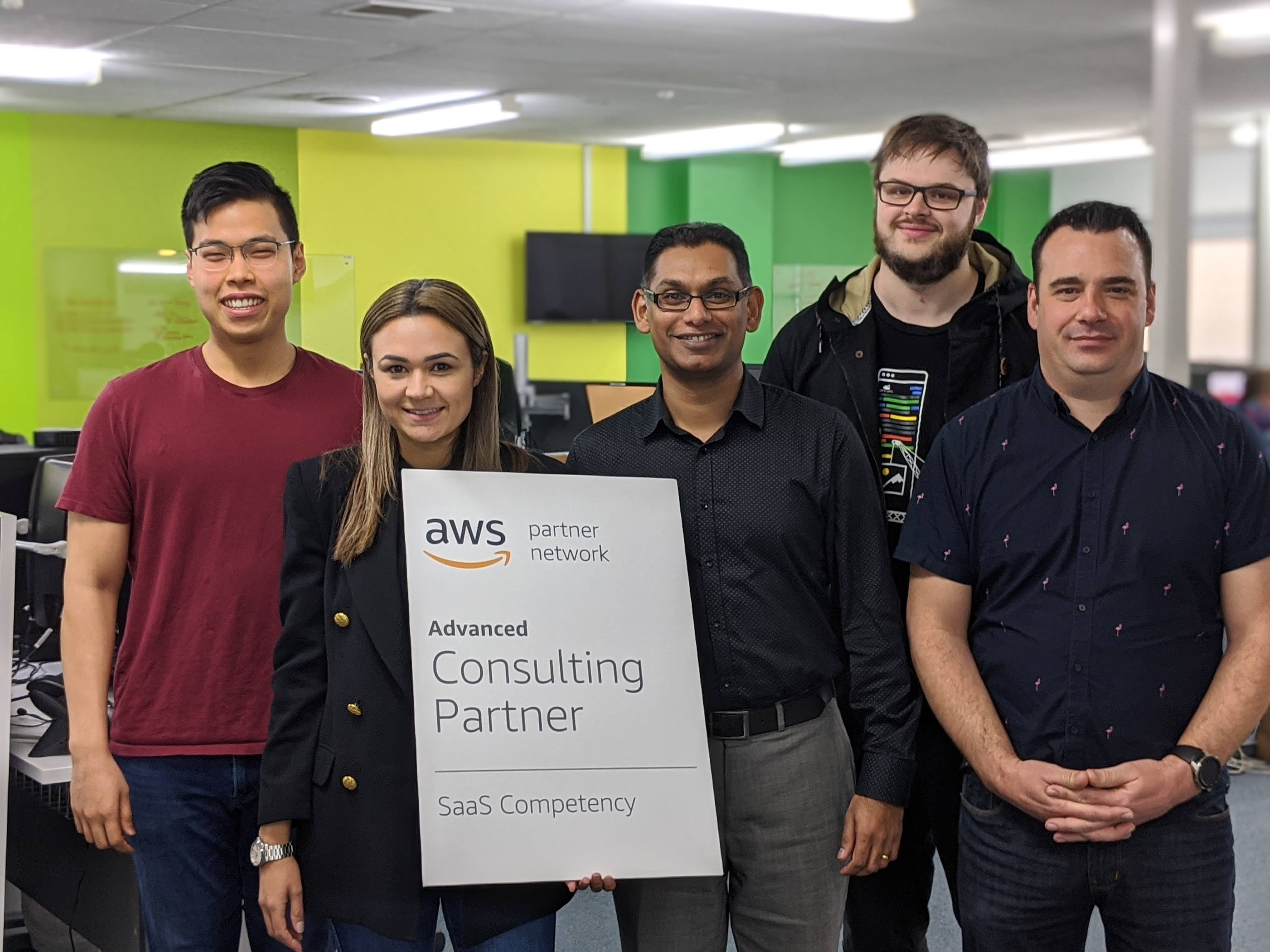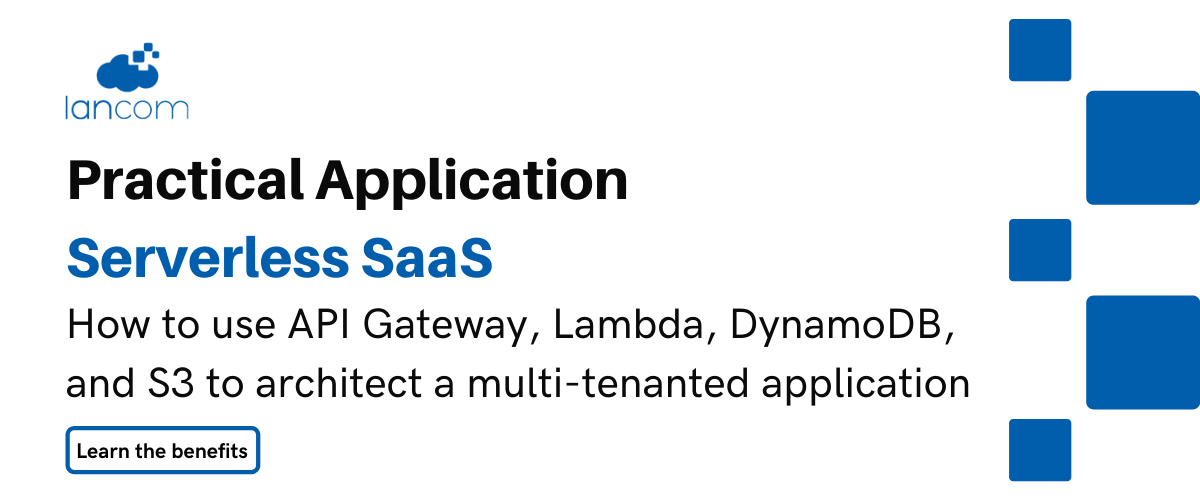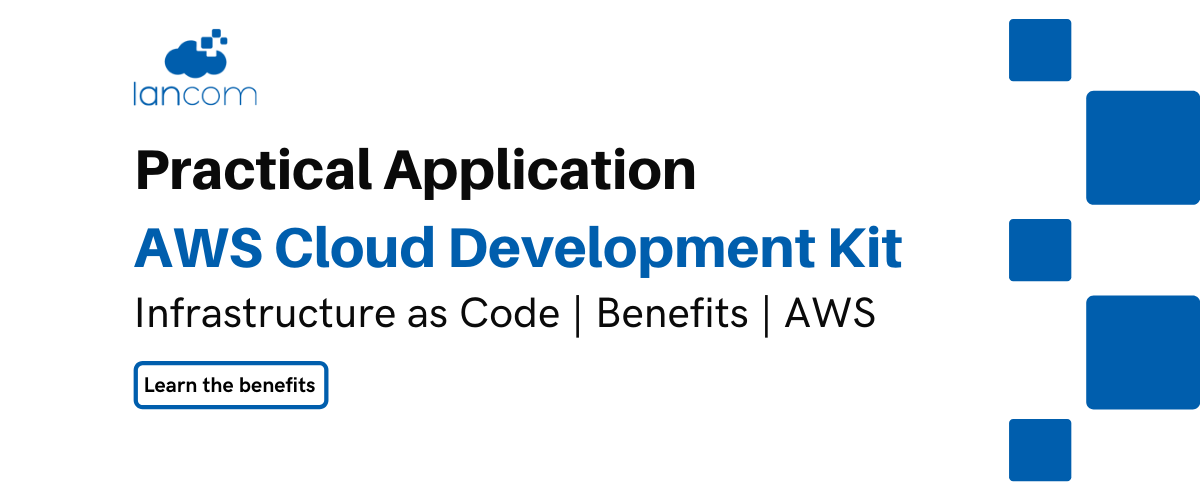If you are running servers or workloads in the AWS cloud, you’re probably aware of the Amazon Web Services Well Architected framework. First introduced by AWS in 2015, this framework is widely used by AWS Certified Architects to create a planned and structured infrastructure which will meet your needs today and into the future.
Consisting of five pillars, the Well-Architected framework sets the scene for having in place cloud foundations that complies with best practices. In this article, we dig a little deeper into it and consider the core pillars of AWS Foundations, and why you really should be using them in your environment.
Pillar One: Operational Excellence
Operational excellence is achieved when you are running and monitoring systems which deliver business value. There’s a bit of ‘kaizen’ rolled in, too, which takes note of the fact that in the IT environment, things are likely to change, so continual improvement of processes and procedures is applied for the Operationally Excellent. Change, too, is a constant coming from the business side of the house; while the rate of that change will depend on your line of work, it must be allowed for.
Tasks involved in Operational Excellence include managing and automating changes, responding to events, and defining standards to successfully manage daily operations.
- You’d be silly not to adopt this pillar for quite obvious reasons: who doesn’t want their operations to be the best they can be? And keeping a close eye on change while adapting your systems to it is just good common sense.
Pillar Two: Security
Technology is awesome, but let’s not pretend that it is automatically secure. In fact, security is a constantly moving target, so having it as a Pillar of the AWS Well Architected framework is an eminently sensible idea.
In the Framework, Security is the focuses on protecting information and systems (and it should extend across your organisation, as it’s applicable to ALL your systems). In this Pillar, we deal with data confidentiality and integrity, permissions and access (identifying and managing who can do what) with privilege management, systems protection, and controls to detect security events.
Related Reading: 3 reasons why cloud computing is more secure than your traditional IT Systems
- You’d be silly not to adopt this pillar because security is crucial to the reliability of your systems and the uninterrupted operation of your business. Even minor security breaches, like a virus infection or open WiFi network, can quickly put a halt to work, frustrate your employees and annoy your customers. Security is non-negotiable!
Pillar Three: Reliability
You know how reliable your smartphone is? Your business IT stuff should be at least as good (or even better, after all, there’s much more at stake). And with the AWS Well Architected focus on Reliability as a core pillar, it will be. In this case, Reliability means being able to prevent failures from happening. If something does go wrong, Reliability means being able to rapidly identify and resolve the issue. This pillar addresses foundational elements in AWS around setup, cross project requirements, recovery planning, and how change is handled.
- You’d be silly not to adopt this pillar because we depend so obviously and so deeply on our technology systems to get things done. For most businesses, ‘no IT’ means ‘no work’ and that is not only ‘no good’ but also unacceptable in today’s always-on world. Reliability matters, in AWS and everywhere else, too.
Pillar Four: Performance Efficiency
One of the biggest attractions of cloud computing is the efficiency it brings to the use of computing resources. But, just because the sugar is cheap, doesn’t mean it is free: With this pillar of the AWS Well Architected Framework, the focus is always maintained on using IT and computing resources efficiently. Within this pillar, attention is paid to selecting the right resource types and sizes based on workload requirements, monitoring performance, and making informed decisions to maintain efficiency as your business needs themselves change over time.
- You’d be silly not to adopt this pillar because Performance Efficiency is at the heart of good management. Cloud services, too, can be a bit ‘seductive’ in that their low cost and ready availability leads to proliferation, duplication and wastage. Performance Efficiency means you’re not lulled into complacency.
Pillar Five: Cost Optimisation
One of the other big attractions of cloud computing is the low costs which democratise even the most advanced of technologies. But ‘low cost’ is not ‘no cost’; this pillar is all about running a tight ship by avoiding unnecessary costs. With Cost Optimisation comes understanding and control of where money is spent, with careful selection of the resource types appropriate for each use case, analysis of spend over time, and scaling to meet business needs. On this last point, it is important to note the concept of scaling down. When resources are no longer required, it is essential to ‘turn them off’, or you’re paying for stuff you don’t need.
Related reading: AWS Cost: Don't get lost in the cloud
- You’d be silly not to adopt this pillar because throwing money away has never been regarded as good business practice. Keeping a close and continual eye on expenses across your organisation (beyond AWS and even the tech department) is plain sensible.






